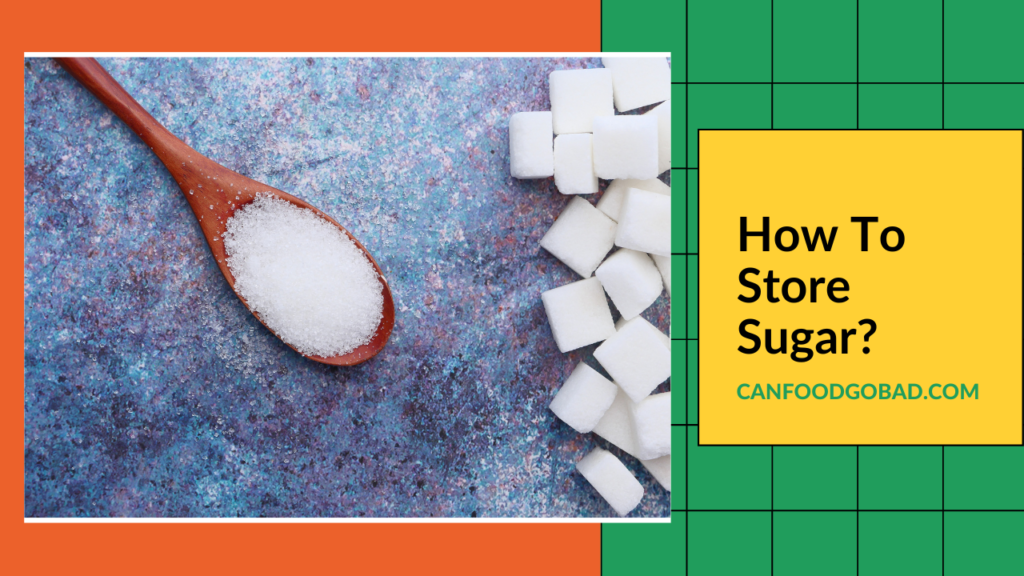How To Store Sugar For Long Term

Sugar stockpiles are vulnerable. Secure your sugar supply now with proven long-term storage methods.
This article details essential techniques for preserving sugar, protecting it from moisture, pests, and degradation to ensure it remains usable for years, crucial for preparedness and cost savings.
Choosing the Right Sugar
Granulated white sugar is the most suitable type for long-term storage. Its refined nature and low moisture content make it naturally resistant to spoilage.
Brown sugar, powdered sugar, and raw sugars are more prone to clumping and attracting moisture. Consequently, they are not ideal for extended storage periods.
Selecting the Best Containers
Airtight containers are paramount. Oxygen and moisture are sugar's biggest enemies. Using substandard storage will lead to failure.
Food-grade buckets with airtight lids are an excellent option. Consider using mylar bags inside the buckets for an extra layer of protection.
Glass jars with tight-fitting lids are also suitable, but protect them from light. Always ensure your containers are completely clean and dry before adding sugar.
The Importance of Moisture Control
Moisture causes sugar to clump, harden, and even ferment. Keeping sugar dry is the golden rule of long-term storage.
Add oxygen absorbers to your containers to remove residual oxygen. This further reduces the risk of moisture absorption and pest infestation.
Desiccants, such as silica gel packets, can also help absorb moisture. Regularly inspect your sugar for any signs of clumping or moisture. Act immediately.
Protecting Against Pests
Insects and rodents can quickly compromise your sugar supply. Protect your investment against them.
Store sugar in a cool, dry, and dark place. Elevated shelving can prevent access from rodents. Sealing storage area is a must.
Consider using bay leaves or other natural repellents near your storage area. Regularly inspect the area for any signs of pest activity.
Ideal Storage Environment
Temperature and humidity are key factors. A stable environment minimizes the risk of sugar degradation.
The ideal temperature range for sugar storage is between 60°F and 70°F (15°C and 21°C). Avoid storing sugar in areas subject to extreme temperature fluctuations.
Keep humidity levels below 60%. Basements can be prone to dampness, so use caution when storing sugar in these areas. Use dehumidifier if necessary.
Proper Sealing Techniques
Effective sealing is non-negotiable. It creates a barrier against moisture and pests.
For mylar bags, use a heat sealer to create an airtight seal. Ensure the seal is complete and free of any gaps or wrinkles.
For buckets and jars, ensure the lids are properly tightened. Consider using airtight gaskets for enhanced sealing, especially for extended storage periods.
Regular Inspection and Rotation
Periodic checks are crucial to maintain the integrity of your sugar. Monitor the area and record findings to take actions.
Inspect your sugar at least every six months. Look for signs of clumping, discoloration, or pest infestation. Note the dates to make it easier.
Practice a first-in, first-out (FIFO) system. Use older sugar before newer sugar to prevent any from becoming too old.
Addressing Common Problems
Clumping is a frequent issue. Address it promptly to prevent further degradation.
If your sugar has clumped, try breaking it up with a fork or spoon. If the clumping is severe, it may indicate moisture contamination.
Discard any sugar that shows signs of mold or pest infestation. Never consume contaminated sugar.
Shelf Life Expectancy
Properly stored granulated sugar can last almost indefinitely. Though quality degrades over time.
Expect the best quality within two years. Beyond this point, the sugar may still be usable, but the taste and texture may decline.
Brown sugar, powdered sugar, and raw sugars have a shorter shelf life, typically around two years. Store your sugar according to your need and consumption rate.
What's Next?
Implement these storage methods immediately to secure your sugar supply. Prioritize airtight containers and moisture control.
Regularly inspect your stored sugar and adjust your storage techniques as needed. Monitor online resources for updates on best practices in long-term food storage.
Take action today to ensure your sugar remains usable for years to come. Preparedness is key to long-term food security.



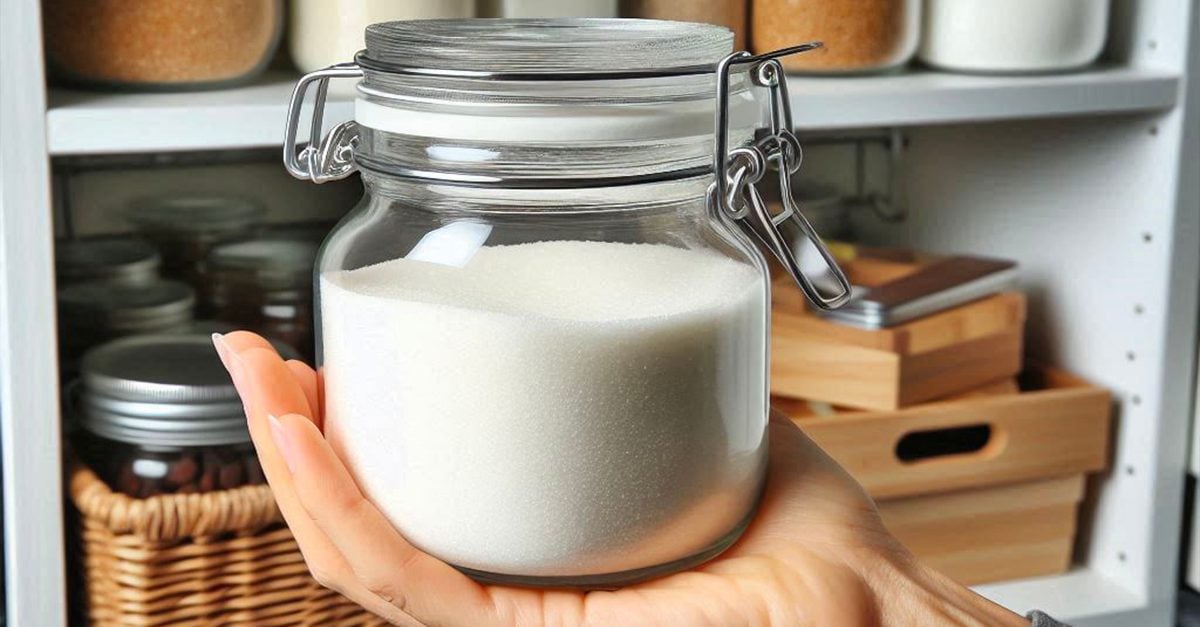


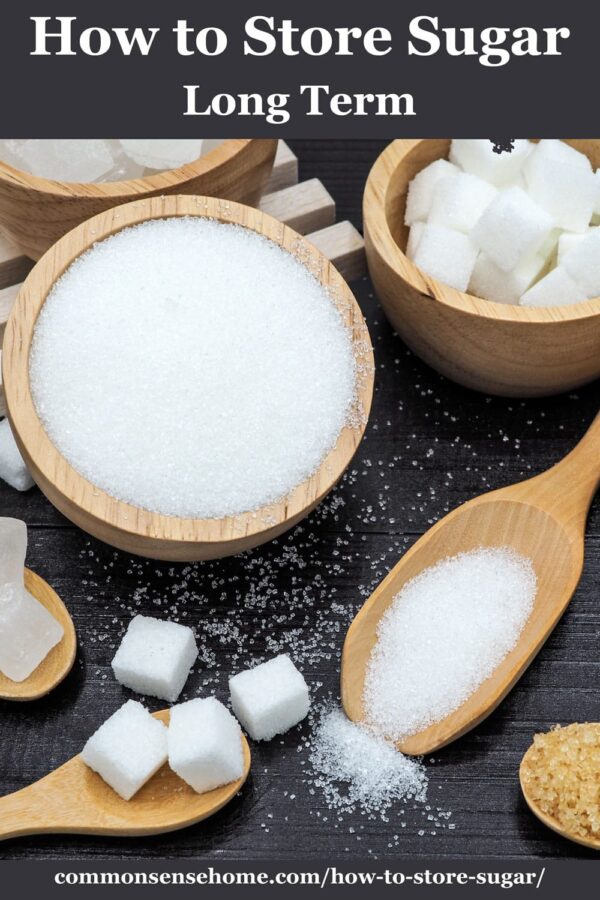

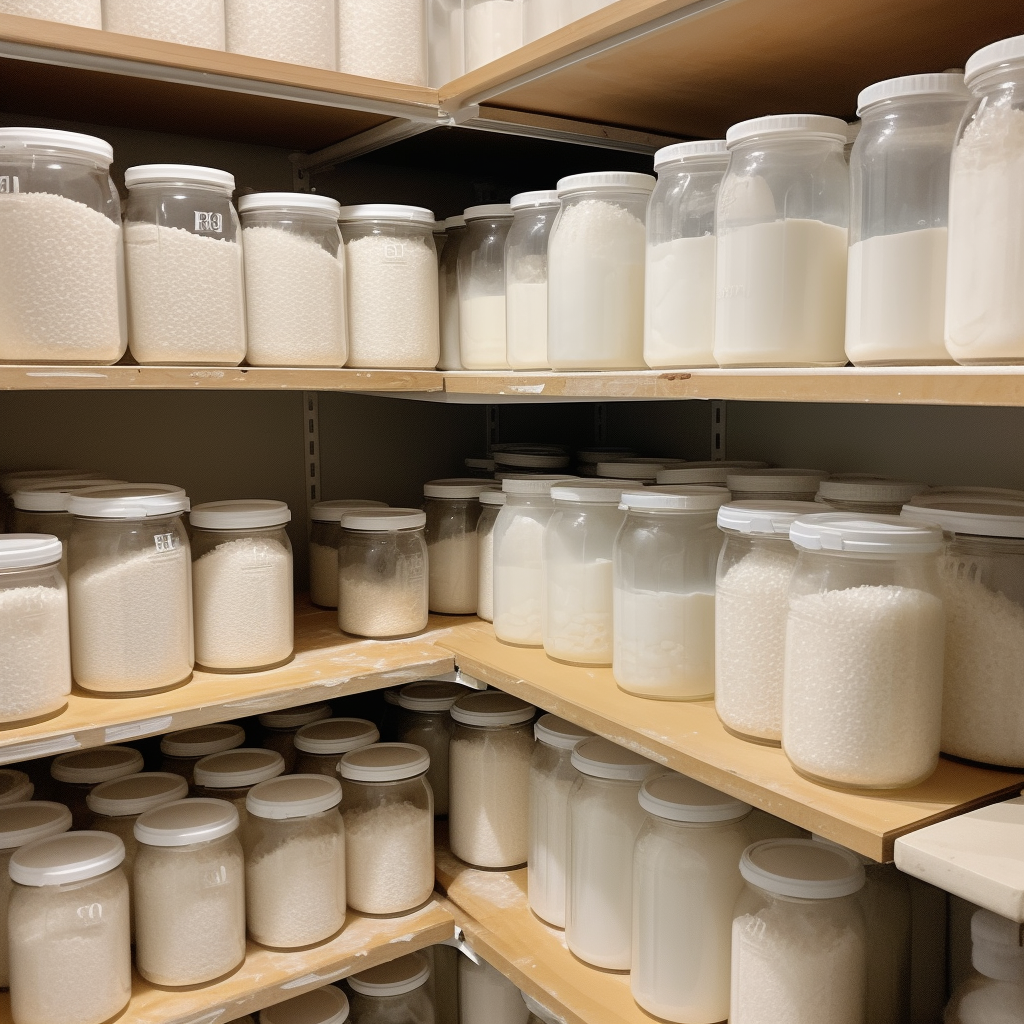

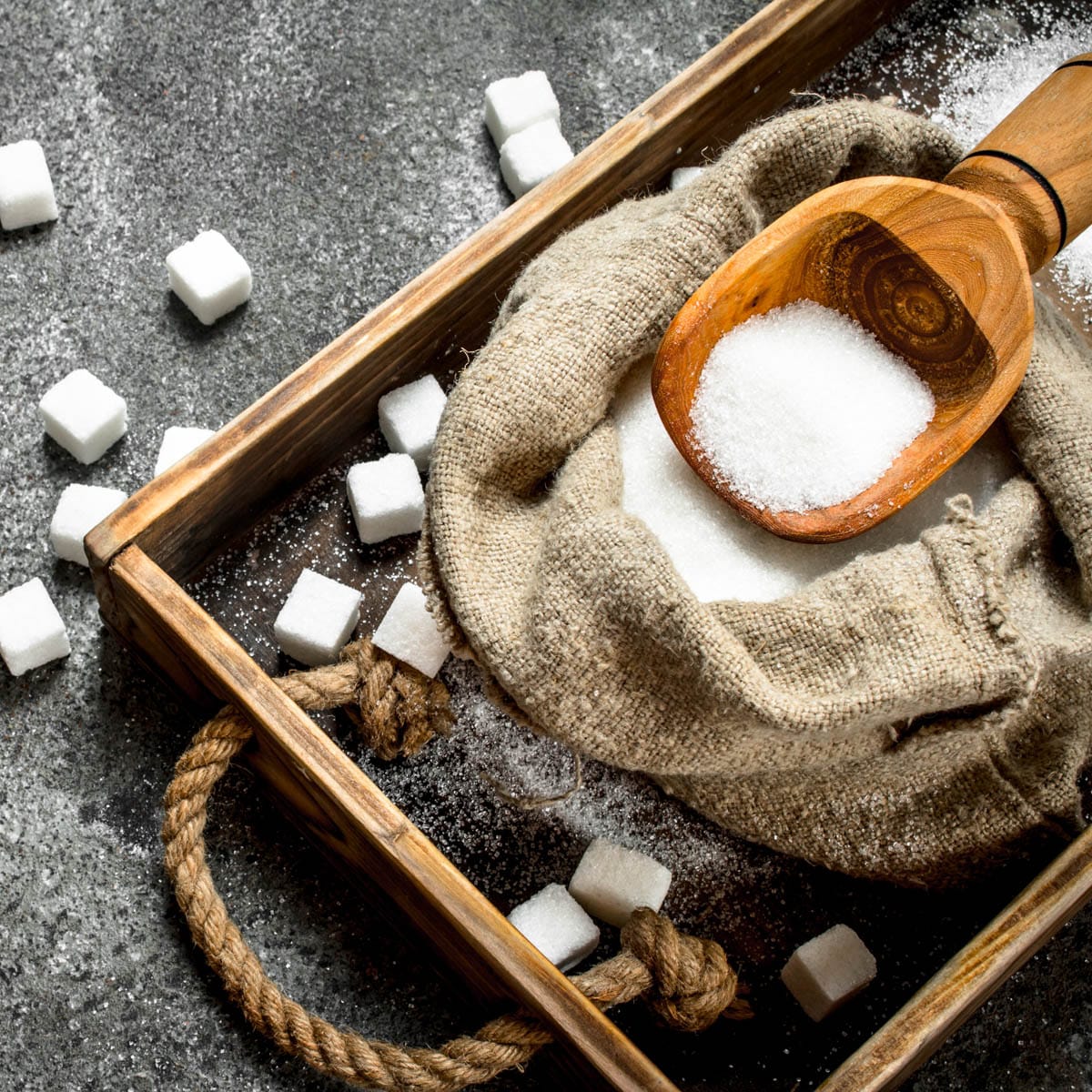
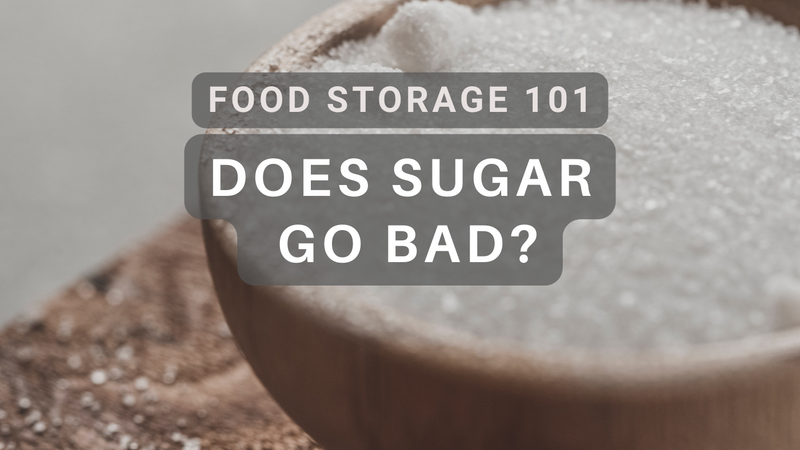
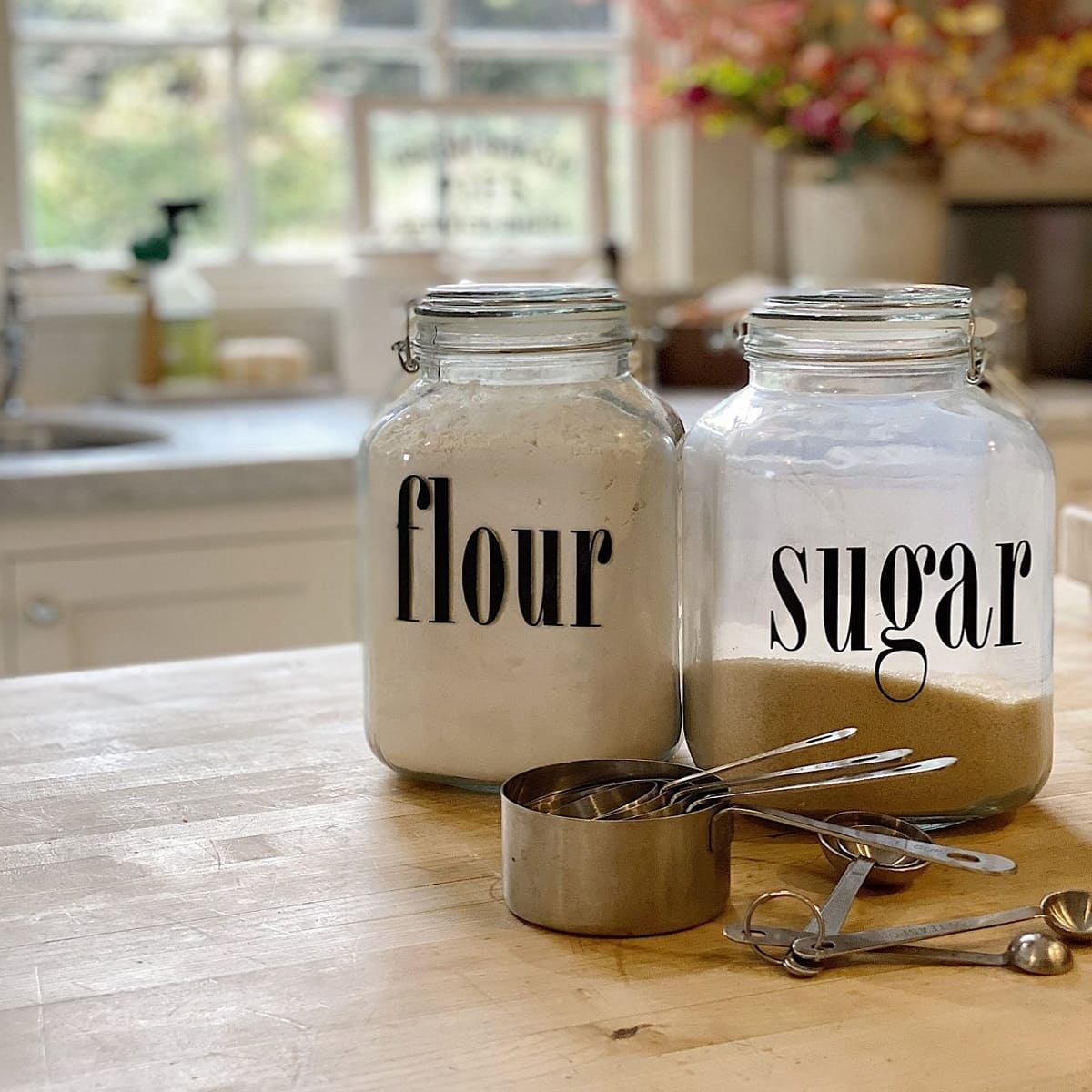

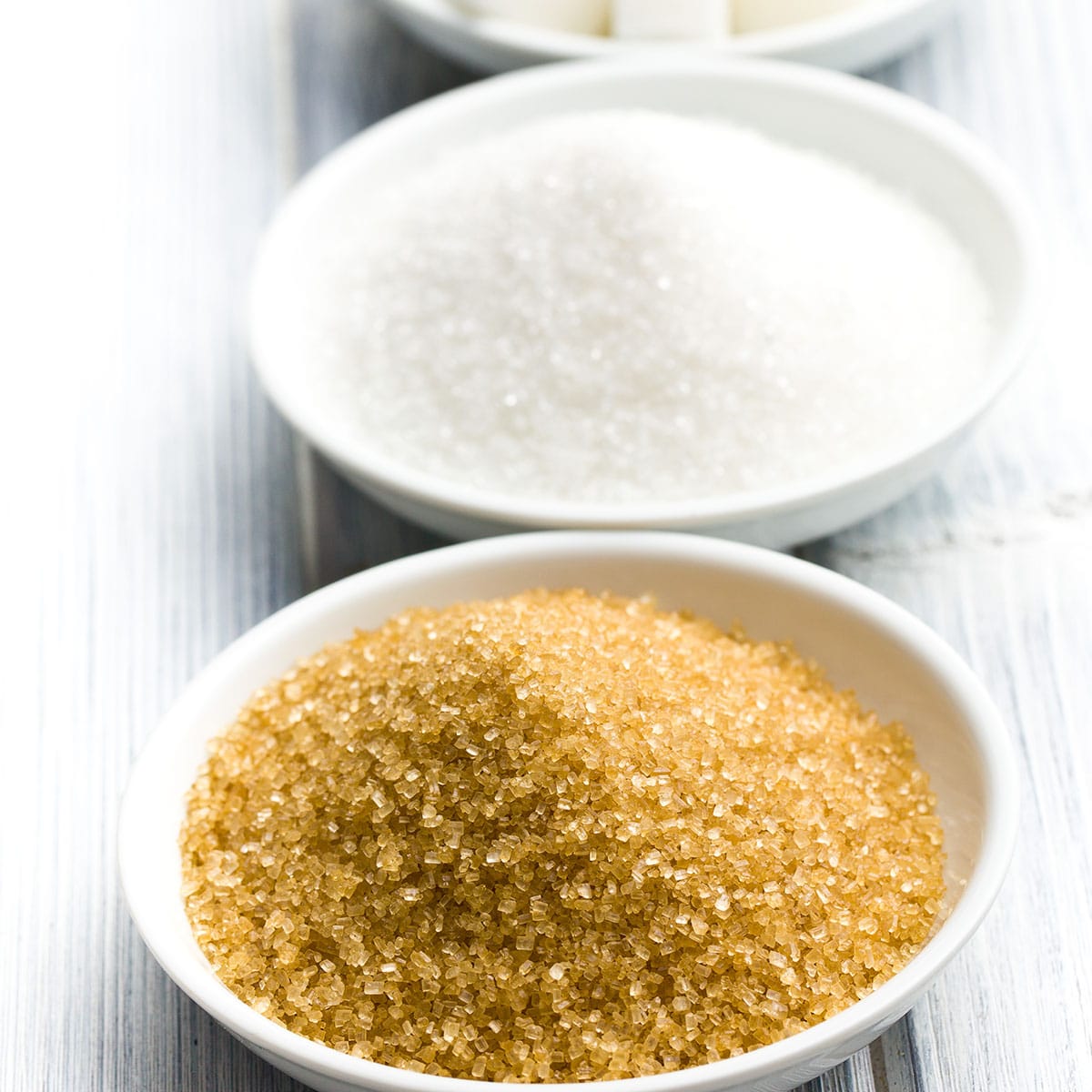
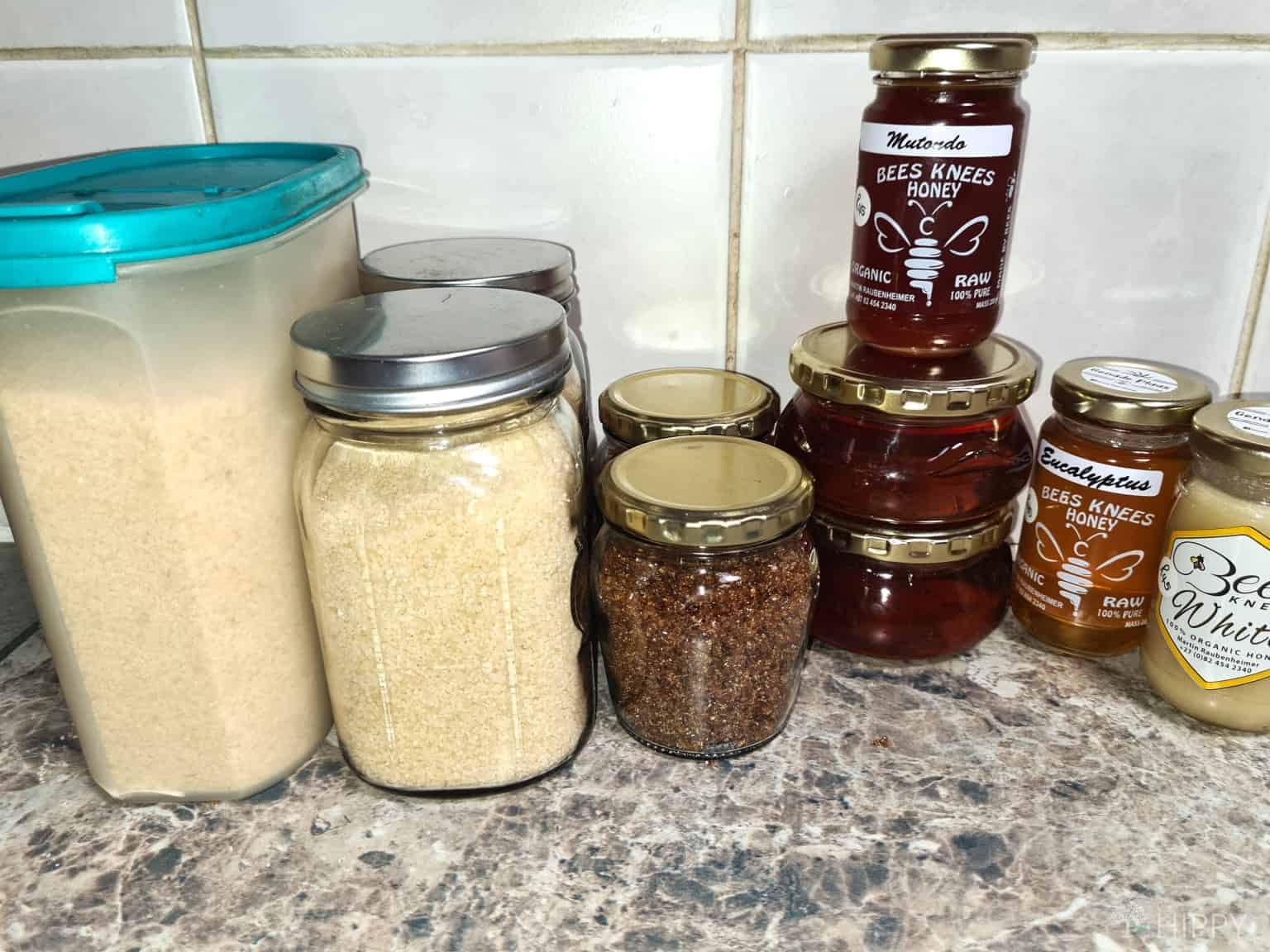
![How To Store Sugar For Long Term How To Store Sugar [Preparedness Unit #3]](https://i.pinimg.com/originals/82/35/16/8235165ff87f2d72d4a2001e1aaa87cc.jpg)
